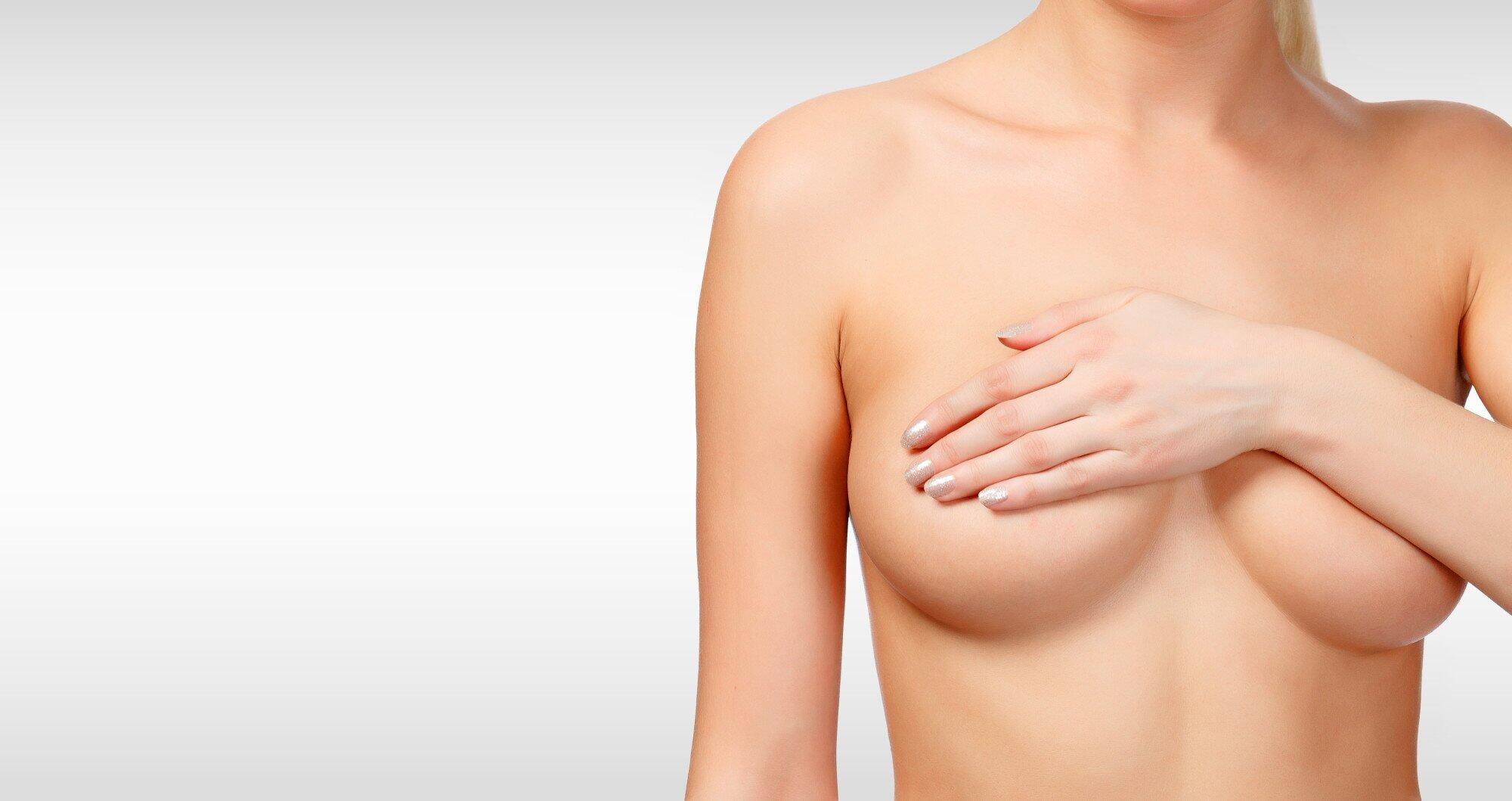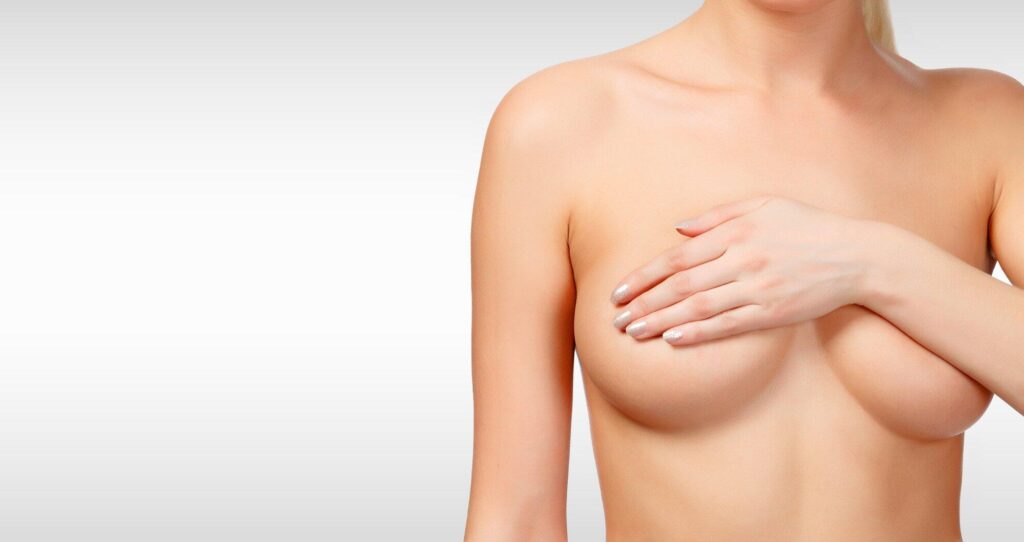
Breast cancer is the most common cancer in women, accounting for 30% of all new cancers.
That’s why breast health has become a critical aspect of overall well-being for individuals of all genders. While variations in breast appearance are common, certain changes may raise concerns and warrant closer attention.
One such change that individuals should be vigilant about is breast dimpling. In this article, we explore the significance of breast dimpling, its potential causes, and when it’s crucial to seek medical advice.

What is Breast Dimpling?
Breast skin dimpling is also known as peau d’orange due to its resemblance to the texture of an orange peel. It’s a skin change characterized by small indentations or puckering on the breast surface. It can affect one or both breasts and may be accompanied by other alterations in skin texture or breast shape.
Possible Causes of Breast Dimpling
Some causes of breast dimpling are benign and others are not. That’s why it’s important to be aware of all the possible causes and to cull through them using professional medical help.
Lymphatic Obstruction
Breast dimpling can be associated with lymphatic obstruction, a condition that impairs the normal flow of lymph fluid. This obstruction can result from various factors, including inflammation, infection, or the presence of abnormal cells.
Inflammatory Breast Cancer
In some cases, breast cancer dimpling may be a symptom of inflammatory breast cancer (IBC), a rare but aggressive form of breast cancer. IBC often presents with rapid changes in the appearance of the breast, including redness, swelling, and dimpling.
When Should Concern Arise?
When it comes to your breast health, it’s always better to be over-cautious rather than not. While breast dimpling does not always indicate a serious condition, certain circumstances warrant prompt medical evaluation.
Sudden Onset
If breast dimpling occurs suddenly and is not associated with known causes, it should be evaluated promptly. Rapid changes in breast appearance can be a potential sign of underlying issues.
Unilateral Dimpling
If dimpling is present in only one breast, it may be of greater concern. Asymmetrical changes should be thoroughly examined to rule out any underlying pathology, including breast cancer.
Accompanying Symptoms
If breast dimpling is accompanied by other symptoms such as redness, swelling, pain, nipple discharge, or changes in breast shape, it necessitates a comprehensive medical assessment. Don’t forget to visit a specialist ASAP.
Seeking Medical Advice
If breast dimpling raises concerns, it is imperative to seek medical advice promptly. A healthcare professional, typically a breast specialist or a general practitioner, can conduct a thorough examination.
They can also order imaging studies such as mammograms or ultrasounds and recommend further diagnostic tests if necessary. Early detection and intervention play a crucial role in improving outcomes, particularly in cases where breast cancer may be a concern.
Any Kind of Breast Change Can Be Alarming
But before you start becoming anxious about breast dimpling, it’s better to go visit a specialist in the field. Women’s Health Associates in Boise, Idaho, has new Saturday mammogram dates available at their clinic, so you can get yourself checked out asap.
We are a healthcare clinic created by women for women. Contact our team to set up an appointment today.

